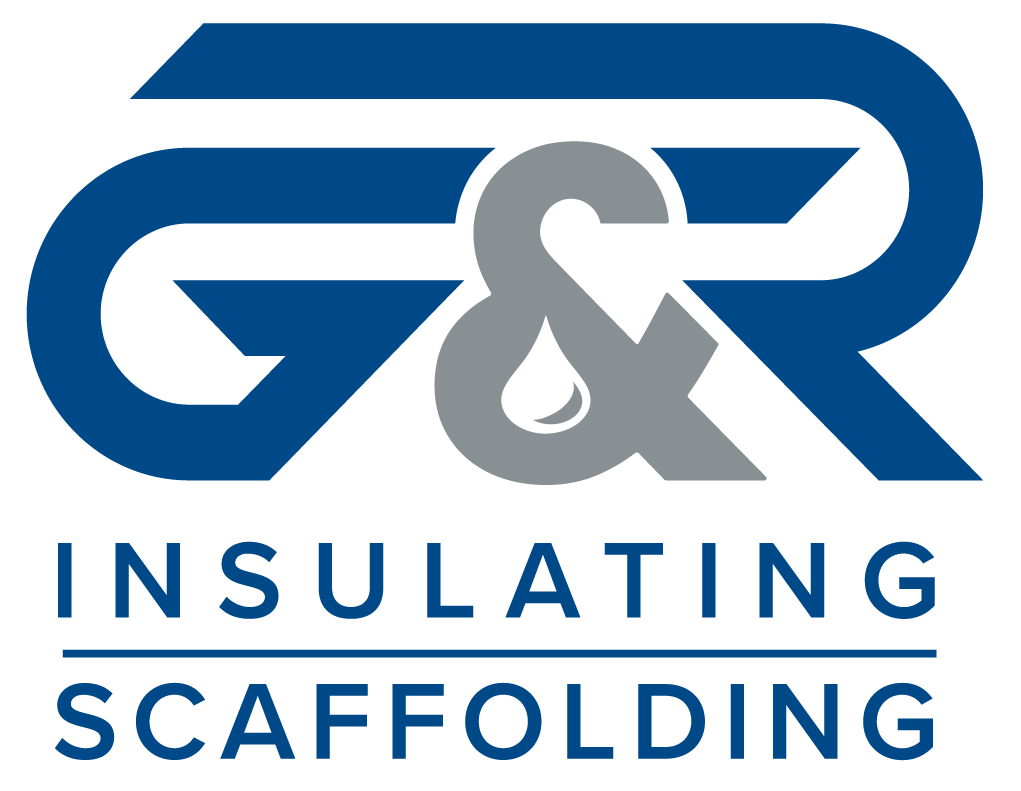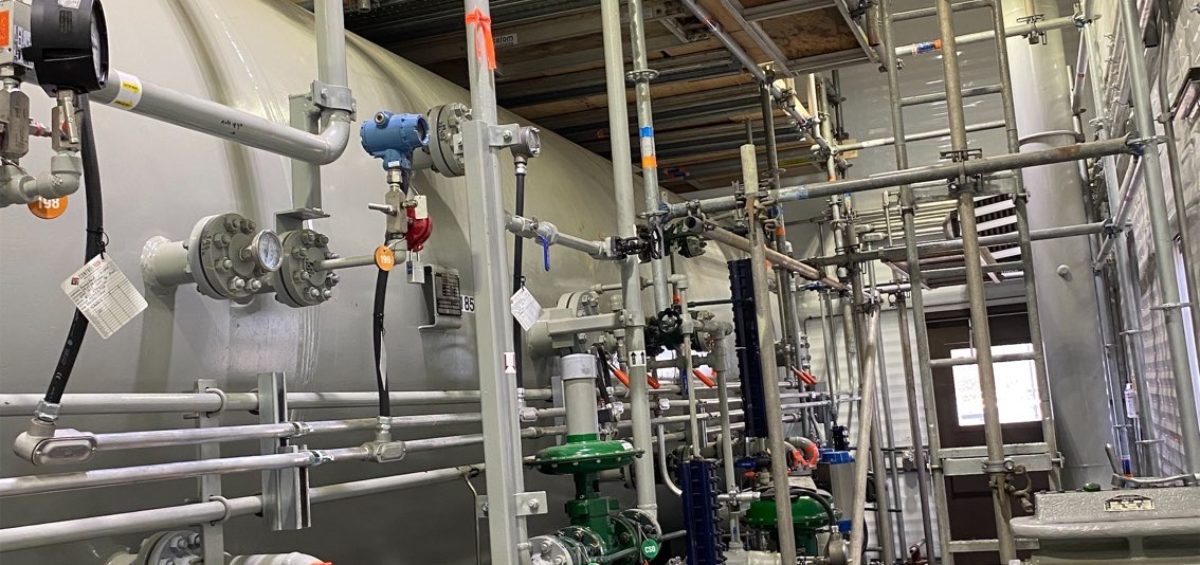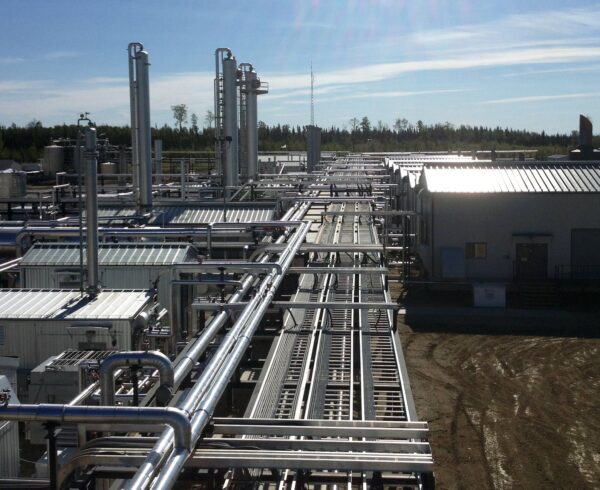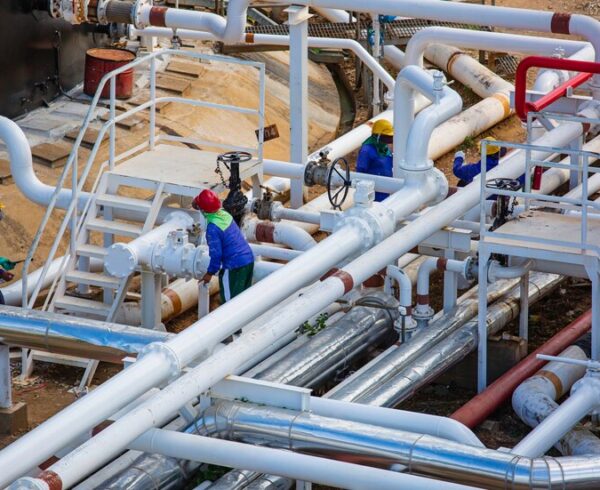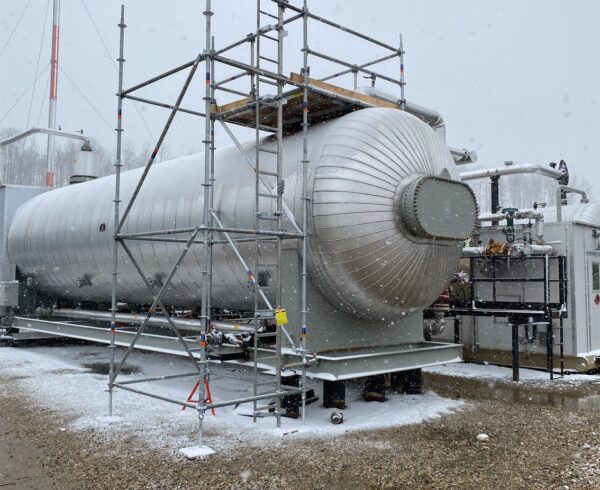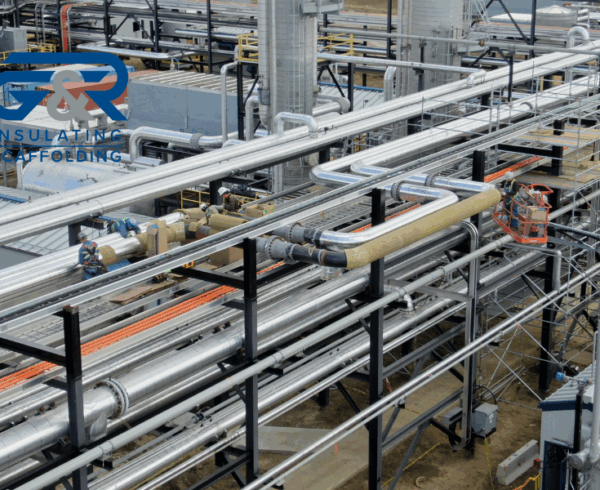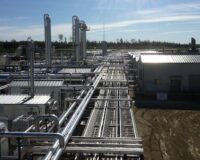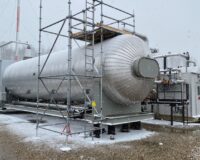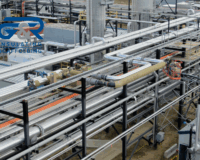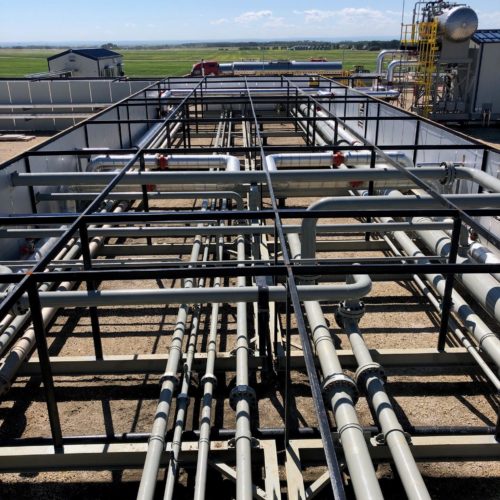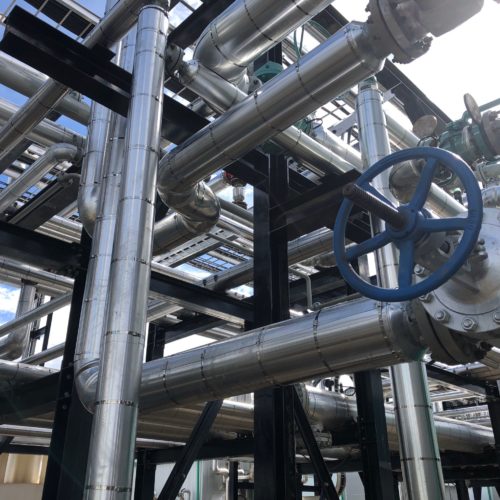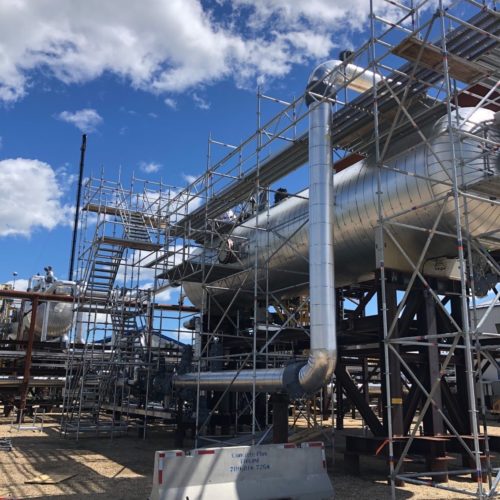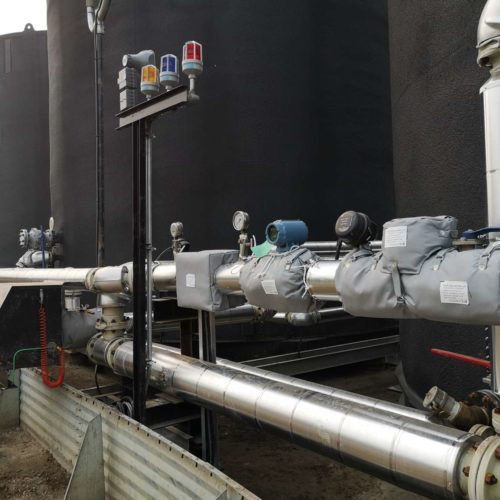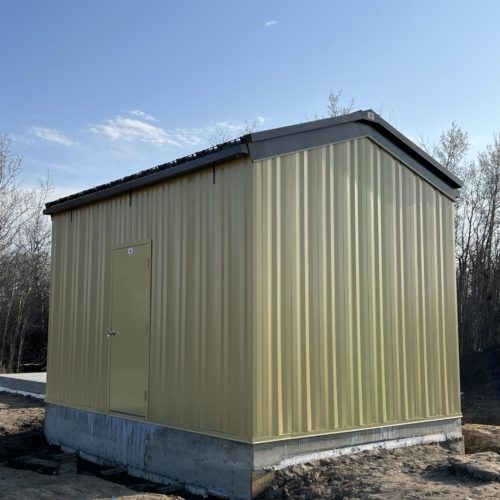Keeping pipes and equipment warm in cold weather is important. In industries like oil and gas, this is a must. One of the best ways to do this is by using a glycol heating system. These systems help protect machines and keep fluids moving, even when it’s freezing outside.
In this blog, we’ll explain what a glycol heating system is, why it matters, how to care for it, and the benefits it offers. Whether you’re new to this or need a refresher, this guide is simple, helpful, and easy to understand.
Understanding Glycol
Glycol is a type of fluid that helps control temperature. It’s often mixed with water and pumped through pipes. This keeps the pipes from freezing in cold places and helps move heat where it’s needed.
There are two common types of glycol:
- Ethylene Glycol – Works well, but can be harmful if spilled.
- Propylene Glycol – Safer for people and the environment.
Both kinds stop water from freezing and help spread heat evenly. In heating systems, glycol is often used in a closed-loop system, meaning it keeps cycling through the pipes without getting wasted.
Why Are Glycol Heaters Important?
In places with harsh winters, heat is not a luxury—it’s a necessity. Glycol heating systems help:
- Stop pipes from freezing
- Keep fluids flowing in cold weather
- Protect equipment from damage
- Avoid expensive shutdowns
For example, in oilfields, machines must run year-round. If the pipes freeze, everything stops. A glycol heating system helps prevent that. Learn more about our glycol heat tracing system installations.
Maintaining Glycol Systems
To keep your glycol heating system working well, it needs regular checks. Here are some easy tips:
1. Check fluid levels
If glycol gets low, the system may not heat properly. Always keep it filled to the right level.
2. Inspect for leaks
Leaks are rare, but they can happen. Watch for drops in pressure or signs of wet spots near the pipes.
3. Test the glycol mix
Too much water can freeze. Too much glycol can thicken and clog. A 30%–60% mix is best for most systems. You can test this with simple tools.
4. Flush and replace fluid when needed
Old glycol breaks down over time. Experts recommend changing it every 3–5 years, depending on use and system size.
When a system is clean and well-cared for, it lasts longer and saves more energy. Poor maintenance can lead to higher bills and system failure.
Choosing the Right Glycol and Concentration
Picking the right glycol is key. Not all systems need the same type or mix. Here’s what to think about:
- Safety: If spills might happen, choose propylene glycol. It’s safer for workers and the environment.
- Freezing point: The colder it gets, the more glycol you’ll need. A stronger mix lowers the freezing point.
- System size: Larger systems need more fluid. That means testing and topping off is more important.
A common mix is 40% glycol and 60% water, which protects down to -20°C. In colder places like Grande Prairie, you might need 50/50 or stronger.
Always read the product label and check with an expert before picking your mix.
Glycol Heating System Benefits
Glycol heating systems are used in many places, from farms to factories. Here’s why they’re a smart choice:
- Year-round protection: Keeps systems safe all winter.
- Energy-efficient: Closed-loop systems recycle heat and use less energy.
- Flexible design: Works with many sizes and setups.
- Safe and stable: Less risk of freezing, boiling, or rust.
- Low maintenance: Simple checks can keep the system running smoothly.
In industries like oil and gas, these benefits are huge. Systems stay running, workers stay safe, and energy bills stay low.
What Does a Glycol Heating System Cost?
The price of a glycol heating system can vary. It depends on:
- System size
- Type of glycol used
- Piping and equipment needs
- Installation labor
For a small system, you might pay a few thousand dollars. Large industrial systems can cost much more. But the money saved on repairs and energy often makes it worth the price.
Regular maintenance also cuts future costs. Fixing small problems early stops them from becoming big ones later.
Conclusion
A glycol heating system is a smart choice for cold climates. It protects pipes, saves energy, and keeps systems running. From oilfields to factories, it helps keep work moving, even in freezing weather.
When it comes to installation and maintenance, quality matters. Always work with trained teams who know what they’re doing.
G&R Insulating is one company that offers reliable help. They provide All Service top-level mechanical piping insulation, glycol tubing installation, oilfield buildings, utilidors, vessel and tank insulation, insulated blankets, and scaffolding services. They focus on safety, training, and doing the job right. Contact us today to learn more about how glycol heating can help your site stay warm, safe, and efficient all year long.
